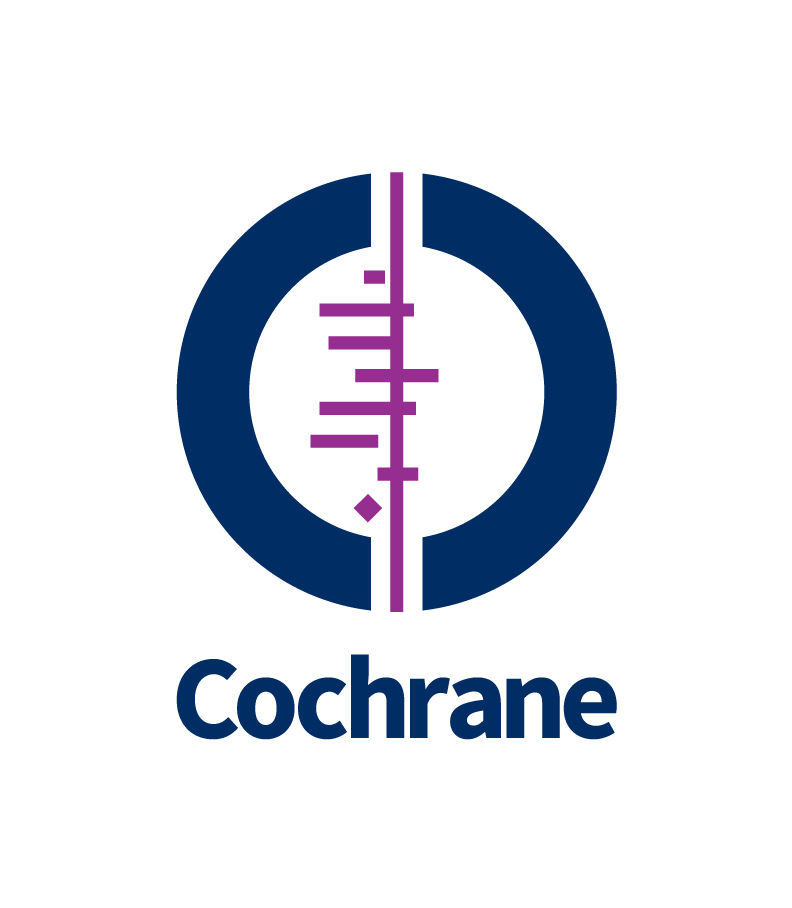How to Find a Novel Meta-Analysis Topic (The 5-Step Guide)
Published on September 6, 2025

So, you’re ready to take on a meta-analysis. It’s one of the most respected and impactful types of medical research, sitting at the very top of the evidence pyramid. But before you can synthesize data and draw powerful conclusions, you face the single biggest hurdle that trips up most researchers: finding a novel topic.
A great topic isn't just interesting; it's novel, feasible, and relevant. It addresses a specific gap in the current literature and has enough primary studies to make a meaningful analysis possible. Finding this perfect combination can feel like searching for a needle in a haystack. But it doesn't have to be. Here is our 5-step guide to systematically finding a winning meta-analysis topic.
Step 1: Brainstorm a Broad Area of Interest
Before you dive into the specifics, start with what you know and what interests you. A passion for the subject matter will sustain you through the long hours of research. Your goal here isn't to find the final question, but to define a broad territory.
Where to Look for Ideas:
- Clinical Experience: What interesting cases have you seen?
- Coursework: What topics sparked your curiosity?
- Existing Literature: Skim the "discussion" sections of recent papers.
Step 2: Conduct a Preliminary Literature Search
Now it's time to see what's already out there to avoid duplicating work. You need to get a feel for the existing landscape by searching for meta-analyses and systematic reviews in your broad area.
Key Databases to Check:
PubMed

Cochrane Library
Step 3: Identify a Specific Research Gap
This is where the real detective work begins. A research gap is an unanswered question that your meta-analysis can address. Identifying a true gap is the most challenging part of the manual process.
Look for these types of gaps:
New interventions, uncovered patient subgroups, conflicting trial results, or unmeasured outcomes.
Step 4: Formulate a Clear PICO Question
Once you've spotted a potential gap, you need to frame it as a precise, answerable question. A well-defined PICO question is the foundation of your entire project.
Step 5: Assess Feasibility (The Make-or-Break Step)
You have a great idea and a sharp PICO question. Now for the final, critical test: is it feasible?
Check for Primary Studies
Are there enough RCTs that fit your PICO criteria to analyze?
Check PROSPERO
Has another team already registered an identical or similar topic?
The Modern Solution: Accelerate Your Search with AI
Reading through these steps, you can see how this process can take weeks or even months of painstaking manual work. This is exactly why we built Metalyze.
Our AI-powered platform automates and accelerates this entire discovery process. It finds the research gap, helps formulate the PICO, and performs the feasibility analysis for you—in minutes, not months.
Find Your Topic Now